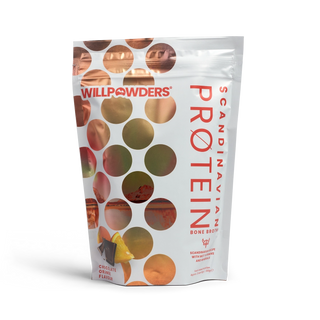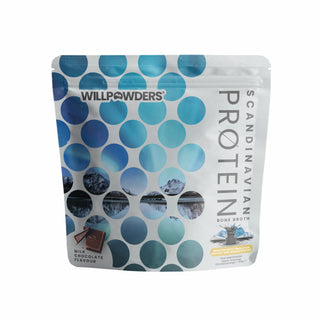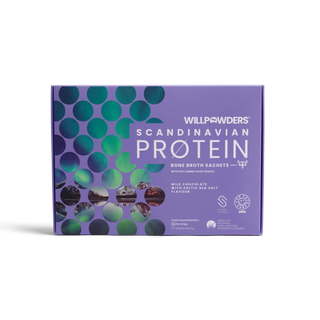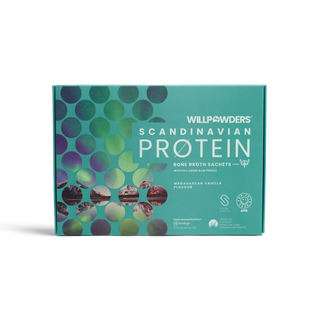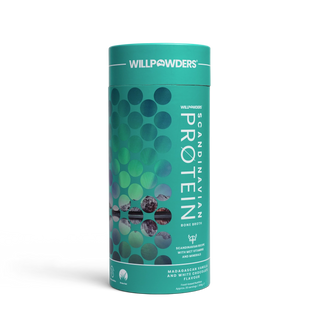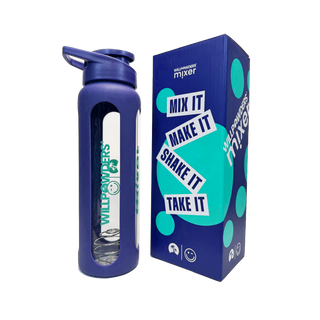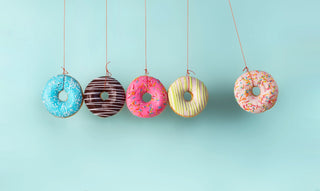
Sugar and Spikes and All Things Insulin Resistance
We’re probably all walking around with a smattering of understanding of the way our bodies utilise the energy available in our food. Memories of sweaty school science lessons have equipped us with some key vocabulary like glucose and insulin, maybe even glucagon and endocrine gland. Could we put these key words in a sentence and describe the process? Possibly not. Or, we might be proud of our buffed up science certificates and remember, albeit through a modern day stressors fug somedays, that we learned insulin means our cells can absorb blood sugars so that we have energy.
Sugar and Insulin
Whatever our knowledge of sugar and insulin, the truth is that we’ve probably never had to think much about this whole energy delivery system since we last put on a school uniform. That is unless we have had the medical profession warning us that we are in danger of becoming a Type 2 Diabetic or one of our family has ended up there. It seems there is no middle ground when it comes to all things sugar - either we give our insulin levels little thought at all because everything seems to be working fine, or we are at the other extreme of either being told we need to guard against Type 2 Diabetes via health news sections on the TV, or, more concerningly, by our doctor who warns us we must monitor everything we eat for its sugar content. Time for some middle ground, me thinks!


The fallacy of a little bit of what you fancy
Ok so it’s a cliche that we tell ourselves in order to allow ourselves to have cake, albeit a slightly less huge slab of cake than we might actually want, but, cake nonetheless. It doesn’t really work for us when we are choosing what and how to eat, in fact, it is a total myth when we are building healthy habits around sugar. The only place that a little bit of what you fancy takes you to is a blood sugar system that is out of whack. Our bodies like balance best - that happy medium between too much and too little is what our body strives for with hormones. It’s a little bit like Goldilocks and her eternal search for the just right, our bodies’ systems like to work in a Goldilocks zone called homeostasis: not too this and not too that, it seeks to avoid extremes and return to a state of balance and symbiotic harmony, a stable and healthy middle ground of just right, if you will, in its internal environment. This is true of our blood sugar, or blood glucose, system.
The Blood Sugar System
Clearly, we need energy to live and, obviously, we get this energy through the food we eat. If all things are equal, our bodies break down food, carbohydrates break down particularly readily into glucose, which enters the bloodstream. Insulin, secreted by the pancreas, nudges cells to open their doors and let the glucose in. Cells need this delivery of energy for cellular respiration to occur. Lots of other systems in our bodies rely on cells being able to onboard glucose. So far, so good. Our bodies prefer the amount of glucose in our blood to be stable. When levels drop, the body produces the hormone glucagon to release stored glucose in the form of glycogen, from muscle and liver cells, and when blood glucose levels are high, insulin is produced so that cells can take up the glucose and either use it or convert it to glycogen - a storable version of glucose. Again, so far, so tickety-boo. The whole system works like a well-oiled merry-go-round.
Sugar, Sugar, Sugar...
However, when we regularly eat sugar, we spike our blood sugars. The spike is over quickly and it brings lethargy and hunger in its wake. To quash the lethargy and hunger, the body actively seeks out more sugary foods again. If our blood is often awash with glucose, and, as a result, our pancreas is constantly producing insulin, in an attempt to bring our blood sugar levels down, our cells can start to become resistant to insulin. Insulin, instead of unlocking the door to let the glucose into cells, suddenly no longer holds the right-shaped key and finds that the cells, much like a bitter ex-, have changed the locks. Or, our over-tasked pancreas simply can’t produce enough insulin in the first place to keep up with demand. Either way, the blood is now carrying too much glucose with nowhere to go. Unfortunately, over time, too much glucose in the blood can damage the tiny blood capillaries. This is especially dangerous for the capillaries in our eyes, kidneys and lower limbs.
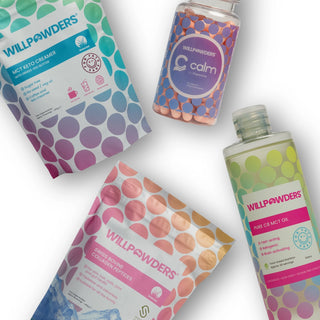

What in the WillPowders?
Telling us that we risk blindness, kidney failure and amputation of limbs should be enough for us to kick our sugar habit, right? Not to mention the familiar killers of heart disease and stroke. But, it’s not that easy, is it? With our overly busy lifestyles and all the stress they entail, at a psychological level, we don’t just eat for function and fuel, we eat sugars in carbohydrates to try to boost flagging energy levels. But that’s like trying to pour more petrol into a car to get it going when the tank’s already full and it’s the spark plugs that are the problem. And, besides, even if we dutifully avoid obviously sugary foods like cakes and biscuits, if we are staving off hunger with processed foods, we are also likely to be consuming hidden sugars.
What is it with carbohydrates and their sugars, anyway?
It’s worth exploring why they’ve become your brain’s go-to for a quick boost. Sugar wakes our dopamine up. Dopamine is one of your brain’s neurotransmitters which goes knocking on all the doors of reward in your brain, asking pleasure and satisfaction to come out to play. We aren’t getting a sugar rush, we’re getting a dopamine rush triggered by sugar. Dopamine also means that we are more likely to reinforce a behaviour to keep the pleasure bus on the road so you’re more likely to have that second piece of cake, you know, that piece you didn’t cut because you were aiming for just a little bit of what you fancied? Apparently, dopamine didn’t read that email! Before you can say Battenburg, you have yourself a sugar addiction. From the moment sugar and dopamine shake hands, you’re officially on the Carousel of Carbohydrate Cravings!
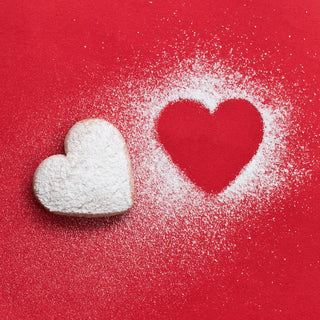

Dopamine Hearts Sugar!
Whether you are constantly trying to avoid stepping onto the carbohydrate craving carousel or are trying to climb off it as it moves at a dizzying spin, sheer willpower, the gnawing of nails and the gritting of teeth are seldom enough to stop it. Dopamine will have you screaming for more sugar because it wants to go faster! Remember, this neurotransmitter has been evolving its gig for millions of years, keeping the human race alive by encouraging us to eat high calorie sweet foods when we can because they may not be around again for a while. Dopamine doesn’t realise it’s the 21st Century and we do not live in feast or famine times, instead, we are awash with sugary temptation everyday, come rain or shine, fire or flood, hell or high water.
Luckily, where the dysfunctional relationship between too much sugar and insulin is concerned, and all the health compromises that entails, not forgetting their enabler, dopamine, we can certainly host a modern day intervention to disrupt this potent triangle.
Exercise
Exercise will always help the body to use up blood sugar. We can gently aid ourselves by moving more so there is less chance of blood sugars lingering in our blood stream because we have simply expended the energy. The body will always choose the easiest fuel source available, so if you have blood glucose available, it will use that first. Remember, your role is to help your body to keep its blood glucose system in moderation and exercise can help.
Keto diets
Keto diets focus on high good fats, moderate protein and low carbohydrate intake. This type of diet shifts the body’s primary fuel source from glucose, which it would always choose to use first, over to ketones and so helps to stabilise blood sugar levels. Ketones are produced by the liver when it breaks down fat and the body uses them for energy. This will help improve insulin sensitivity as the blood glucose system is not so reliant on energy from glucose. This may help cells rebuild their willingness to open their doors to insulin over time. WillPowders Keto Creamer could be just the ticket for crushing cravings and, unlike sugar, it will support gut health, rather than wreak havoc with it.
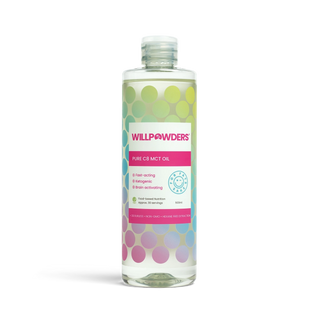

MCT Oil
MCT oil is made up of medium-chain triglycerides (MCTs for short, clever, huh?) which provide energy without the blood sugar spikes. Willpowders MCT Oil is made from premium Indonesian coconuts and adding it to your diet can enhance fat burning and promote feelings of fullness, reducing the cravings to fill up on sugary foods. MCT oil is processed by the liver which, in turn, produces ketones to help you burn fat for energy rather than glucose. Goodbye, sugar spikes!
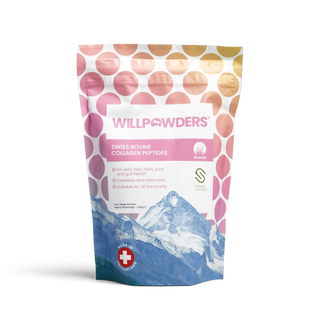

Bovine Collagen
Bovine Collagen can help to mitigate the glycemic response to meals which could help prevent sugar spikes. The more we avoid sugar spikes, the better! We are aiming to support that Goldilocks zone for our blood sugars, after all. Remember that a sugar spike will usually be followed by lethargy and hunger once again. Sprinkle some Willpowders Bovine Collagen Peptides into mealtimes to help support breaking the sugar-spike-hunger cycle! You’re more likely to reach your next meal without reaching for the biscuit jar halfway.
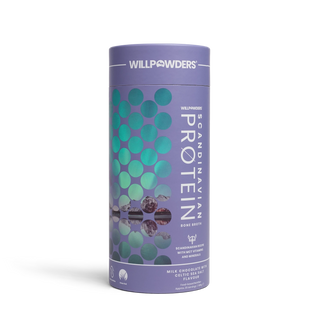

Protein Powders
Protein Powders can help tame cravings since they provide that sweet taste. Ha, fooled you, dopamine! Let’s face it, dopamine has us pre-programmed in evolutionary terms to seek out sweet tastes and then repeat the behaviour time and time again, but that doesn’t have to mean sugar. WillPowders Vanilla Protein Powder can help with that sweet craving that we may be having but they won’t spike our blood sugar. This makes it less likely that dopamine will be demanding more sugar in an hour’s time. For real indulgence, try WillPowders Chocolate Protein Powder as a super satisfying alternative to a sweet snack, helping you to feel more satiated than a sugary bar of chocolate. Being hungry is a normal part of life, it prompts us to eat, but feeling hungry because we are in a sugar craving cycle is miserable and has us wanting to eat hourly. What we choose to put into our bodies in response to that hunger can dictate what our bodies do next. Whereas sugar is empty calories, WillPowders Protein Powders also have essential nutrients to support muscle repair, which you’ll need after the exercise you’ve done to support your blood sugar levels.
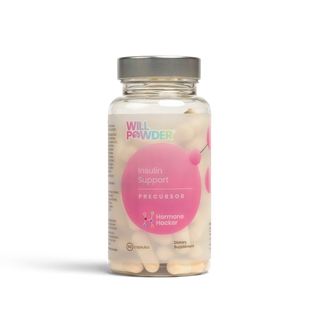

Insulin Support
Biohack your insulin levels with WillPowders Insulin Support Precursor whose ingredients have been specially selected to maximise your body's capability to support healthy blood sugar levels. Take these with heavy meals or that slice of cake you’re sneaking. Berberine is a well-known supplement used to reduce insulin levels. We have teamed this with other super ingredients Holy Basil, Cordyceps Sinensis, Astragalus Root and Myo-Inositol to bring you an effective bioavailable treatment. If you are pre-diabetic or have type 2 diabetes you will have some insulin resistance, so please check with your doctor or healthcare practitioner before taking this supplement.
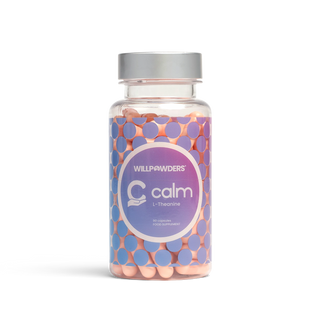

L-Theanine
Calm by WillPowders which you can find here contains L-Theanine, an incredible amino acid with numerous benefits for your brain and body, one of these being that, after being metabolised in the body, it may help to drive the production of neurotransmitters, such as dopamine and serotonin, as well as glycine and GABA (gamma-aminobutyric acid). So, you see, rather than being kicked into action by glucose, dopamine can be tickled into life by L-Theanine. Dopamine and L-Theanine make much nicer bedfellows for the sake of your blood sugar levels.
Take Care of Yourself
Get Back on the Pony We’ve all been there - high days, holidays and those get me out of here days - when we’ve ramped up the sugar intake, intentionally or not. Alcohol opens the appetite and gives you the munchies and, the kicker is, it lowers your ability to body swerve the bread basket. On days like these, there are a multitude of ways to find yourself with your face in the middle of a bowl of pasta. Luckily, with WillPowders Rise and Shine, when you have paid a visit to Sugar Town, alongside aiding the detoxification process of your liver (bonus), you’ll find these support in getting your foot back in the stirrup and your butt firmly back in the saddle, lassoing those cravings before they run away with you, and you’ll be riding out of there in no time. Yee-ha!
Ultimately, the modern availability of a plethora of easy to come by glucose can compromise our health, sometimes in very serious ways such as Type 2 Diabetes and all the complications that can involve. Luckily, Type 2 diabetes is one of those rare serious diseases that respond to positive changes in lifestyle in the pre- stages and full blown Type 2 diabetes can be avoided with consciously choosing a diet lower in carbohydrates. In this way, you can take control and be mindful of your potential health destiny. Supporting our body in adapting to a diet lower in sugar can be achieved with WillPowders, rather than the cold turkey days of yore! And thank WillPowders for that!
Further reading
Guides

How to do a 3 Day Reset
Eliminate harmful habits with a 3 day reset to refocus or get started on the WillPowders' way to thrive. Our 3 day reset will help you to: break your sugar...

How to WillPowder
At WillPowders, we know what can support your weight management, gut and brain health, hormone balance, energy levels and general sense of well-being. We have spent hours upon hours speaking...
Disclaimer
Our blogs are written with love in the hope that they go some way in helping you feel like the rockstar you are, and whilst we do our due diligence, research like maniacs and fact check our stuff, we know everyone’s journey is different. They are intended to educate and empower you, not usurp medical advice. We would never advise you to stop, adjust, or modify any prescription medication without the direct supervision of your healthcare practitioner, but don’t be afraid to talk to your doctor about your new found knowledge, brought to you by the marvels of nature because they don't know everything! Blogs are always informed by Davinia but often written by a member of the team. Not all blogs reflect Davinia's experiences and sometimes provide alternative perspectives

